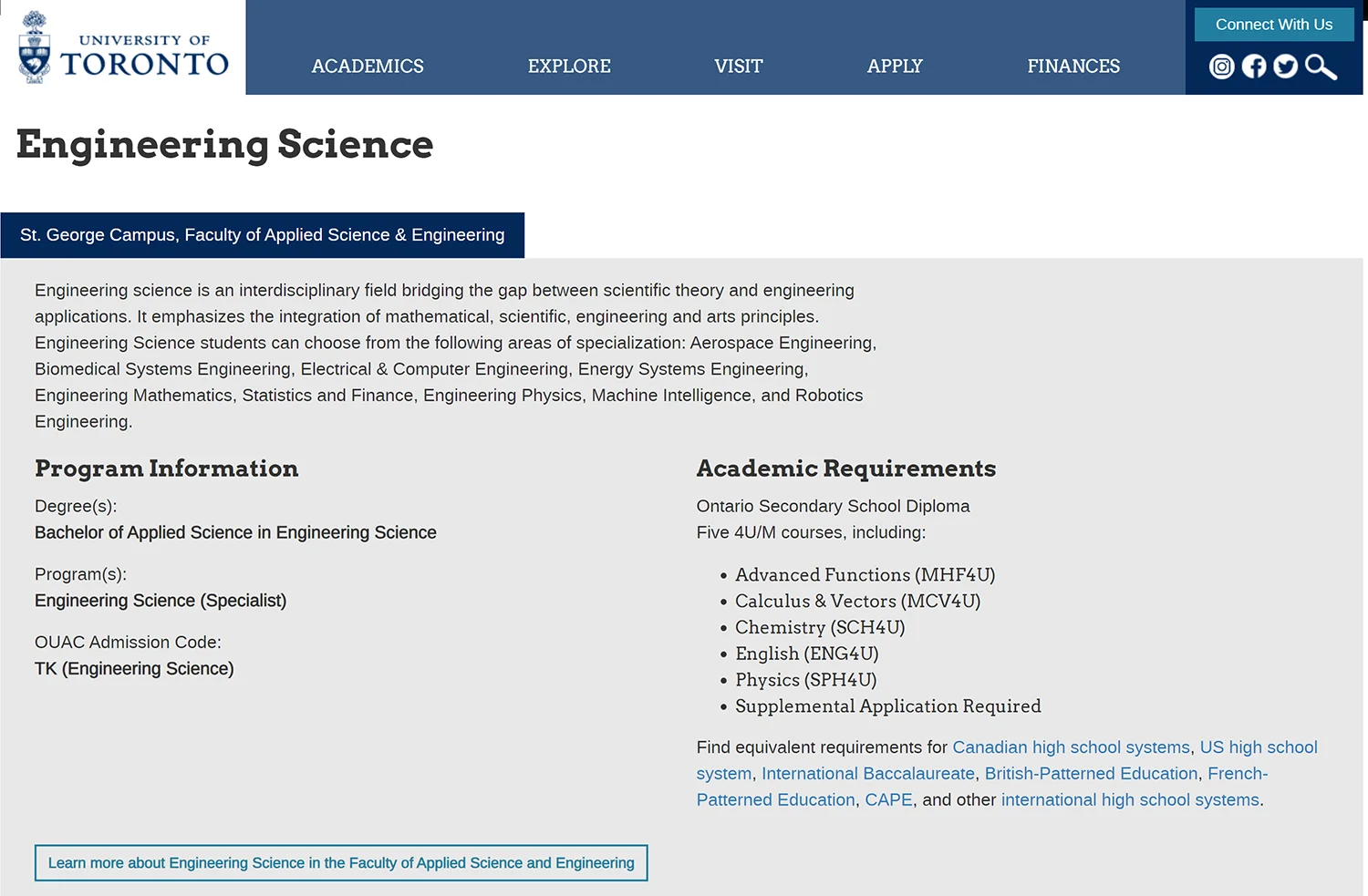Spectrum-Writing
Spectrum写作课
Spectrum写作课
Spectrum Writing 是一套在北美地区非常受欢迎的英文写作教材,适合 K-8 年级的学生在有经验的老师指导下循序渐进的学习写作。
Spectrum 写作加强班由专门的英文写作老师指导学生们从基础开始,全面系统的学习英文写作。K-2年级将从基本句型开始,而3年级开始会学习著名的写作五步法,并通过不同文章写作类型进行练习并逐级加深。
任课老师是执照英文老师,拥有多年的英文教学经验并一直是 Spectrum Writing 教材的任教老师。善于体察学生的特点,引导学生思考,熟悉如何最大程度的发挥这套教材的作用,切合实际的帮助学生们提高写作水平。
适合Beginner学习
Elementary Practice 5-6 years old K level, starting with alphabet exercises.
句型语法基础练习
Declarative sentences, interrogative sentences, grammar, and sentence patterns.
故事写作、对比文训练
Story writing, contrast training, Help the students develop his/her vocabulary and writing skills systematically.
系统完整,可以从用小学用到高中
The system is complete and can be used from primary school to high school
关于这门课程
《Spectrum Writing》在北美地区最畅销的练习写作工具书,它为K-8年级的学生提供系统性的指导及有效的方法,循序渐进地加强学生的写作能力。除了北美地区,这个系列还是新加坡等其他亚洲国家私立小学指定使用的英文写作教材之一。 积累词汇,通过多次反复的语境体会,不只是知道单词的意思,而是掌握它的用法。通过对不同题材文章的句子,段落和篇章模仿、改写,让孩子从简单开始,慢慢学会用英语表达一个句子,一段话及一篇文章,甚至一本书。同时在提高英文写作能力的同时培养孩子表达和思维的能力。让孩子养成多观察,勤思考,爱表达的习惯。对不同的事情,鼓励有自己的想法,并勇敢的表达。
这门课程针对的人群
K-8年级,想提升写作能力的学生
您将会从这门课程中学到
学习如何以点为中心进行写作延伸扩展
书信体的写作方法
让孩子学着梳文章框架,按照逻辑顺序来写作
“顺序写作”&“关键词写作”
教材设置
Writing Basics
- Name Things
- Tell How You Feel
- Tell How It Looks
- Describe It
- What Is a Sentence?
- Write a Sentence
- Answer a Question
- Ask a Question
- Post-Test
Writing a Story
- Tell When
- What Is a Story?
- Tell About a Place
- Tell What You Saw
- Use Time-Order Words
- Write a Conclusion
- Write a Story
- Tell Today’s Story
- Tell an Old Story
- Tell a New Story
- Stay on Topic
- Post-Test
Writing to Inform
- What Is a How-to?
- Write a How-to
- Share Information
- Tell What You Know
- Compare It
- Write a Friendly Letter
- Share Ideas
- Write a Note
- Post-Test
Writing an Opinion
- What Is an Opinion?
- Write Reasons
- Select a Topic
- Write an Opinion
- Why I should Have a Pet
- Post-Test
Writing a Story
- What Is Happening?
- I Feel
- Your Five Senses
- Use Describing Words
- Describe It
- I See a Place
- I Can Imagine
- When Did It Happen?
- Name That Story
- Write About Today
- What Is a Story
- I Saw It All!
- The Writing Process: Story
- Post-Test
Writing to Inform
- It Happened Because
- Explain It
- Compare Them
- Use Comparing Words
- Alike and Different
- The Writing Process: Friendly Letter
- The Writing Process: Thank-You Note
- You Can’t Miss It
- This Is How
- You Are an Expert
- Find Out About It
- The Writing Process: Report
- Post-Test
Writing an Opinion
- Facts and Opinions
- The Best Holiday
- Which Game?
- Write a Book Review
- The Writing Process: Opinion Letter
- Post-Test
Introduction
- The Writing Process
Writing a Story
- Use Your Senses
- Vary Sentence Structure
- Make Up a Smile
- List It
- Sort Your List
- The Writing Process: Descriptive Writing
- Make an Idea Web
- Make a Time-Order Chart
- When Did It Happen?
- It Happened to Me
- The Writing Process: Personal Narrative
- Name a Story
- A Story Line
- Tell Me a Story
- Imagine a Setting
- Make Your Characters Speak
- The Writing Process: Story
- Post-Test
Writing to Inform
- Parts of a Friendly Letter
- Dear Friend
- Dear Teacher
- How to Do It
- Special Instructions
- Who Will Read It?
- How to Compare
- Compare It With a Venn
- Use Spatial Order
- Use Linking Words
- This is a Room
- It Is Just Around the Corner
- See the Main Idea
- Find the Main Idea
- Stay on Topic
- How Important Is It?
- Ask the Right Question
- The Writing Process: News Report
- Post-Test
Writing an Opinion
- Fact or Opinion?
- Using Facts and Opinions
- Opinions and Reasons
- Opinions and Linking Words
- How Important Is It?
- Build Sentences and Paragraphs
- The Writing Process: Letter to the Editor
- Post-Test
Introduction
- Why Do We Write?
- For Whom Do We Write?
- Use Vivid Verbs and Precise Nouns
- Find Your Active Voice
Writing a Story
- Use Your Senses
- Use Your Adjectives and Adverbs
- The Writing Process: Descriptive Writing
- What Is a Personal Narrative?
- Use Time Order
- The Writing Process: Personal Narrative
- What Makes a Story?
- Practice Your Dialogue
- Imagine a Setting
- Create a Character
- What’s Your Point of View?
- Stories Are Everywhere
- The Writing Process: Story
- Post-Test
Writing to Inform
- Why and How Do We Inform?
- Make an Announcement
- Write a Friendly Letter
- The Writing Process: Biography
- How Do We Compare?
- Compare Two and More Than Two
- Compare Two Objects
- Organize It in Space
- Find Causes and Effects
- Relate an Event
- Categories
- Why Do we Explain?
- Write Instructions
- Give Me Directions
- Find the Main Idea
- Find the Details
- What Is a Topic Sentence?
- Stay on Topic
- Write a Paragraph
- Add a Picture
- The Writing Process: Report
- Post-Test
Introduction
- The Writing Process
- Purposes for Writing
- Audience
- Find Main Ideas and Details in Pictures
- Find Main Ideas and Details in Text
- Staying on Topic
- Write a Paragraph
- Active Voice
Writing a Story
- Sensory Details
- Pure Description
- The Writing Process: Descriptive Writing
- Personal Narrative
- Time Order
- The Writing Process: Personal Narrative
- Parts of a Story
- Setting
- Characters
- Dialogue
- Point of View
- Stories Are Everywhere
- The Writing Process: Story
Writing to Inform
- Explanatory Writing
- Directions
- The Writing Process: How-to Instructions
- Visual Aids
- Spatial Organization
- Cause-and-Effect Organization
- News Report
- Comparisons
- Compare Two Objects
- Writing About Literature
- Informational Writing
- Reliable Sources
- Quotes, Summaries, and Paraphrases
- Taking Notes
- Works Cited
- The Writing Process: Informational Writing
Writing an Opinion
- Persuasive Writing
- Facts and Opinions
- Emotional Appeals
- Advertising
- Order of Importance
- Business Letter
- Facts, Opinions, and Bias
- The Writing Process: Persuasive Article
Introduction
- The Writing Process
- Purposes for Writing
- Audience
- Write a Paragraph
- Main Ideas and Details
- Staying on Topic
- Active Voice
Writing a Story
- Sensory Details
- Adjectives and Adverbs
- Describing Objects
- The Writing Process: Descriptive Writing
- Personal Narrative
- Sequence of Events
- The Writing Process: Personal Narrative
- Parts of a Story
- Setting
- Characters
- Dialogue
- Point of View
- Story Ideas
- The Writing Process: Story
Writing to Inform
- Explanatory Writing
- Directions
- The Writing Process: How-to Instructions
- Cause-and-Effect Relationships
- Report an Event
- Spatial Organization
- The Language of Comparison
- Comparing Characters
- The Writing Process: Comparing Literature
- Informational Writing
- Reliable Sources
- Quotes, Summaries, and Paraphrases
- Taking Notes
- Using an Outline
- Works Cited
- Graphics and Visual Aids
- The Writing Process: Informational Writing
Writing an Argument
- Persuasive Writing
- Facts and Opinions
- Emotional Appeals
- Advertising
- Facts, Opinions, and Bias
- Order of Importance
- Writing About Problems and Solutions
- Identifying and Making a Claim
- The Writing Process: Argument
Introduction
- The Writing Process
- Audience
- Main Ideas and Details
- Staying on Topic
- Write a Paragraph
- Active Voice
Writing a Story
- Sensory Details
- Describing Objects
- The Writing Process: Descriptive Writing
- Personal Narrative
- Sequence of Events
- The Writing Process: Personal Narrative
- Parts of a Fiction Story
- Setting
- Characters
- Dialogue
- Point of View
- Story Ideas
- The Writing Process: Story
Writing to Inform
- Spatial Organization
- Comparing Objects
- Comparing Characters
- Cause-and-Effect Organization
- Report an Event
- Explanatory Writing
- Directions
- The Writing Process: How-to Instructions
- Informational Writing
- Reliable Sources
- Quoting and Paraphrasing
- Taking Notes
- Using an Outline
- Citing Sources
- Graphics and Visual Aids
- The Writing Process: Informational Writing
Writing an Argument
- Persuasive Writing
- Facts and Opinions
- Emotional Appeals
- Advertising
- Facts, Opinions, and Bias
- Letter of Complaint
- Identifying and Making a Claim
- Writing About Literature
- Writing About Problems and Solutions
- Order of Importance
- The Writing Process: Persuasive Article
Introduction
- The Writing Process
- Audience
- Write a Paragraph
- Staying on Topic
Writing a Story
- Sensory Details
- Describing Objects
- Figurative Language
- The Writing Process: Descriptive Writing
- Personal Narrative
- Sequence of Events
- The Writing Process: Personal Narrative
- Parts of a Fiction Story
- Setting
- Characters
- Dialogue
- Point of View
- Story Ideas
- The Writing Process: Fiction Story
Writing to Inform
- Spatial Organization
- Comparing Objects
- Comparing Themes
- Writing About Literature
- Cause-and-Effect Organization
- Report an Event
- Explanatory Writing
- Directions
- The Writing Process: How-to Instructions
- Informational Writing
- Reliable Sources
- Quoting and Paraphrasing
- Taking Notes
- Using an Outline
- Citing Sources
- Graphics and Visual Aids
- The Writing Process: Informational Writing
Writing an Argument
- Persuasive Writing
- Facts and Opinions
- Emotional Appeals
- Facts, Opinions, and Bias
- Advertising
- Letters of Request and Complaint
- Identifying and Making a Claim
- Evaluating a Claim
- Writing About Problems and Solutions
- Order of Importance
- The Writing Process: Persuasive Article
学生的评价
Student Feedback about this course







